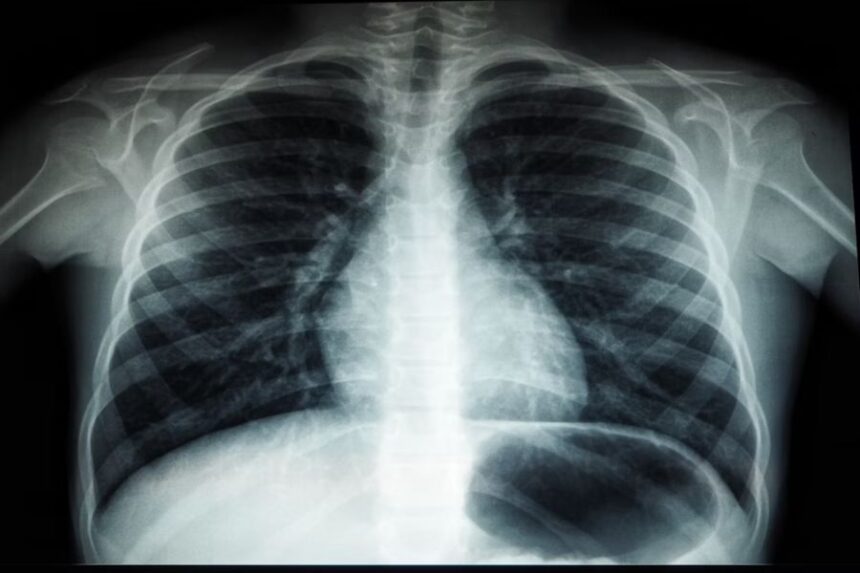Scoliosis affects millions of people worldwide. It causes a sideways curve of the spine that can progress over time. Most curves develop during rapid growth periods, often in early adolescence. However, adults can also develop scoliosis from injury or degeneration.
Spotting a curve early gives you the best chance at less invasive care. It shapes treatment plans and boosts long-term comfort. In this article, you’ll learn what scoliosis looks like, why it happens, and how to catch it before it worsens. You’ll also find tips to support spine health at every age.
What is scoliosis?
The spine normally curves front to back but not side to side. In scoliosis, the spine bends laterally in an “S” or “C” shape. Doctors classify curves by location and magnitude. A mild curve is under 25 degrees. Moderate curves fall between 25 and 40 degrees. Severe curves exceed 40 degrees and often need surgery.
Curves may appear in the thoracic (upper), lumbar (lower), or thoracolumbar region. They progress most during rapid growth. Additionally, girls are statistically more likely to experience curve progression than boys. Measuring the Cobb angle on an X-ray guides treatment decisions. Regular monitoring tracks whether a curve worsens over time.
Common causes of spinal curvature
Scoliosis may appear without a clear trigger. These cases are called idiopathic, and they make up as much as 80% of diagnoses in adolescents. Other curves arise from congenital spine abnormalities present at birth. Neuromuscular conditions, such as cerebral palsy or muscular dystrophy, can weaken the muscles that support the spine.
Degenerative scoliosis develops in adults when discs and joints wear down. Age-related changes in bone density can also contribute. There are different types of scoliosis, and each follows its own pattern. Identifying which type you have helps guide follow-up frequency and treatment choices.
Recognizing the signs
Spotting scoliosis early can be tricky. The first hint often comes in the mirror. One shoulder may sit higher than the other. Hips may look uneven; one hip might poke out more. Your shirt or dress may hang off-center. In a forward-bend test, you might see one side of your rib cage rise higher. This rib prominence comes from the spine twisting as it curves.
Back pain isn’t common in mild cases; it tends to appear once curves exceed about 30 degrees. You may feel stiffness or muscle fatigue instead. Growth spurts can make changes happen fast, which is why regular checks during childhood are key.
Why early detection matters
Detecting scoliosis early offers clear advantages. Mild curves are easier to manage. Bracing in growing children can stop progression in up to 80% of cases. Early bracing often avoids spinal fusion surgery. Additionally, less invasive treatment reduces recovery time, pain, and long-term stiffness. It also lowers medical costs over a lifetime.
Beyond physical benefits, catching scoliosis early supports better self-esteem. Young patients avoid the stress of late-stage treatment and can stay active. Protecting lung and heart function is another critical benefit. Severe thoracic curves can restrict breathing if left unmanaged.
Screening and diagnostic tools
Many schools still run scoliosis screening programs. They use the forward-bend test to flag asymmetry. A trained evaluator looks for uneven folds in the back. If the test is positive, a standing X-ray measures the exact curve angle. In some clinics, surface-mapping tools create a 3D image of your back. These tools avoid radiation but may be less precise.
MRI scans are reserved for cases with unusual symptoms like numbness. Newer digital methods use wearable sensors to track spine shape over time. They promise fewer X-rays and more frequent checks. Each tool adds insight into curve location, direction, and severity.
Who should be screened?
Children and teens during rapid growth phases are top candidates. Girls experience scoliosis earlier and more often than boys. Pediatricians generally check school-age kids between the ages of 10 and 15. A family history of scoliosis raises the likelihood of developing a curve. Teens involved in single-sided sports like gymnastics or tennis may also benefit from monitoring.
In addition, adults over 60 can develop degenerative curves and may notice back pain or posture changes. Neuromuscular conditions warrant regular spinal checks at any age. A quick visit to a health professional is all it takes to start.
Next steps after detection
Once scoliosis is confirmed, the care plan depends on curve size and age. Mild curves under twenty degrees in a growing child usually mean simple observation. Doctors schedule X-rays every four to six months to watch for progression.
Bracing comes into play for curves between 20 and 40 degrees in those still growing. Modern braces use lightweight materials and fit under clothing. They must be worn for up to 23 hours per day.
Curves over 45 degrees often lead to surgical consultation. Spinal fusion is the gold standard, but growth-friendly implants suit younger children. In all cases, physical therapy supports strength, flexibility, and core stability.
Technology advances on the horizon
Innovation is driving more personalized care:
- 3D-printed braces now match each patient’s unique anatomy
- Wearable sensor systems track daily posture and brace wear time
- Virtual reality platforms offer engaging, home-based exercise programs.
In addition, machine-learning tools aim to predict curve progression decades before onset. Genetic studies are uncovering markers linked to rapid curve growth. Robotics and navigation systems are also enhancing surgical precision. Smartphone apps now help patients log symptoms and share data with care teams. These technologies promise to improve comfort, compliance, and long-term results.
Endnote
Scoliosis spans a spectrum from mild cosmetic change to debilitating deformity. Causes range from unknown to genetic or neuromuscular. Early signs often slip by unnoticed, but early detection leads to simpler, less invasive treatment. Screening tools continue to evolve, making checks faster and safer.
Once diagnosed, a tailored plan of observation, bracing, therapy, or surgery guides care. Daily habits and psychosocial support further boost outcomes. Emerging technologies promise even better precision and personalization. If you spot asymmetry in yourself or someone you care for, don’t wait. Seek a professional evaluation today. Early action paves the way for healthier spines and a brighter future.




